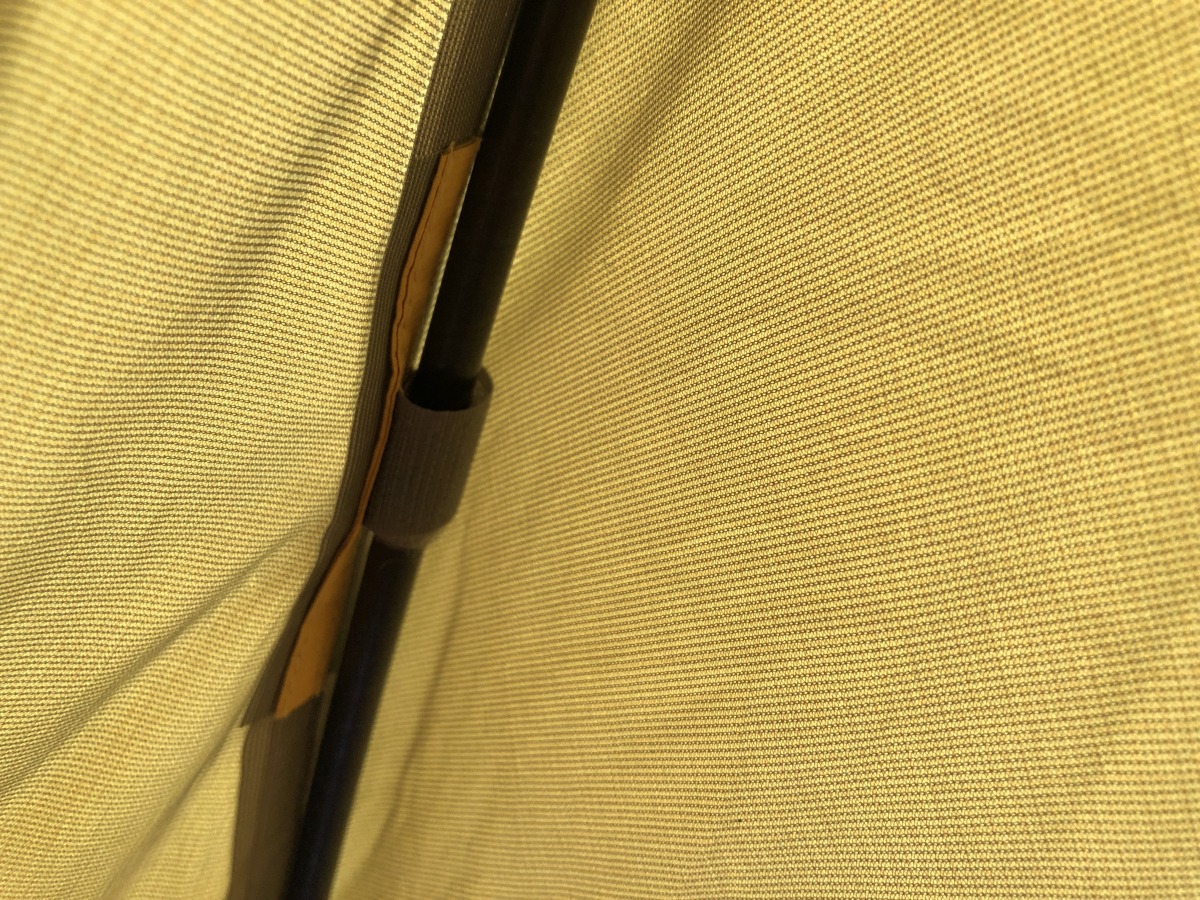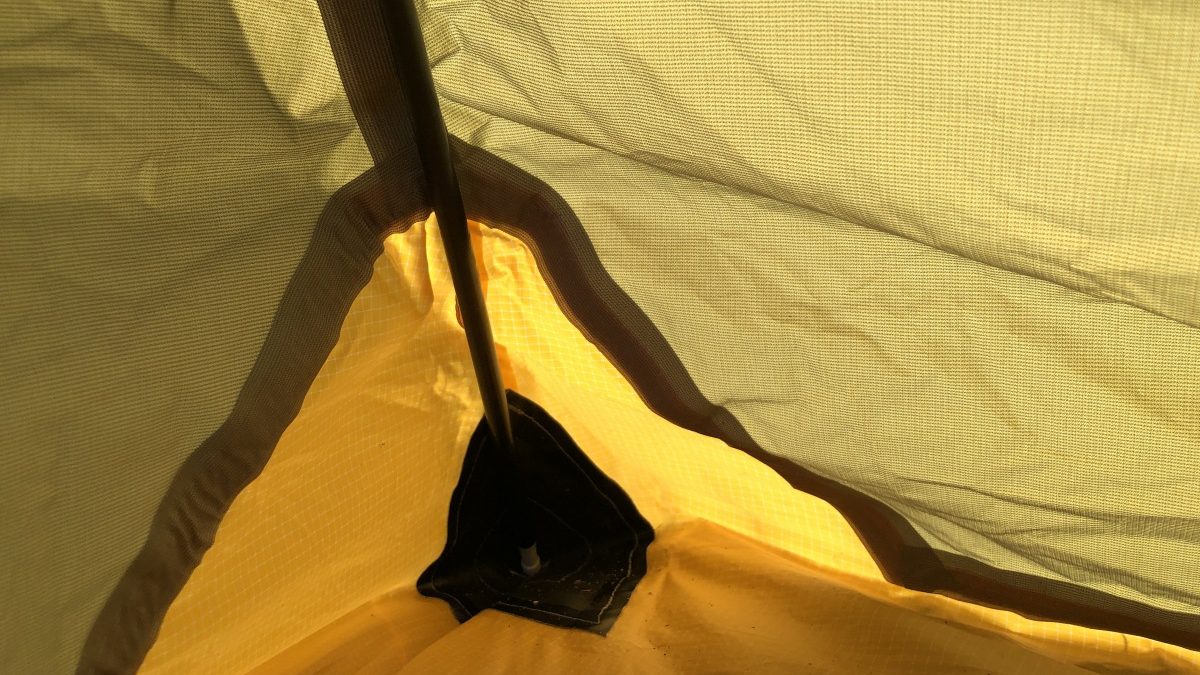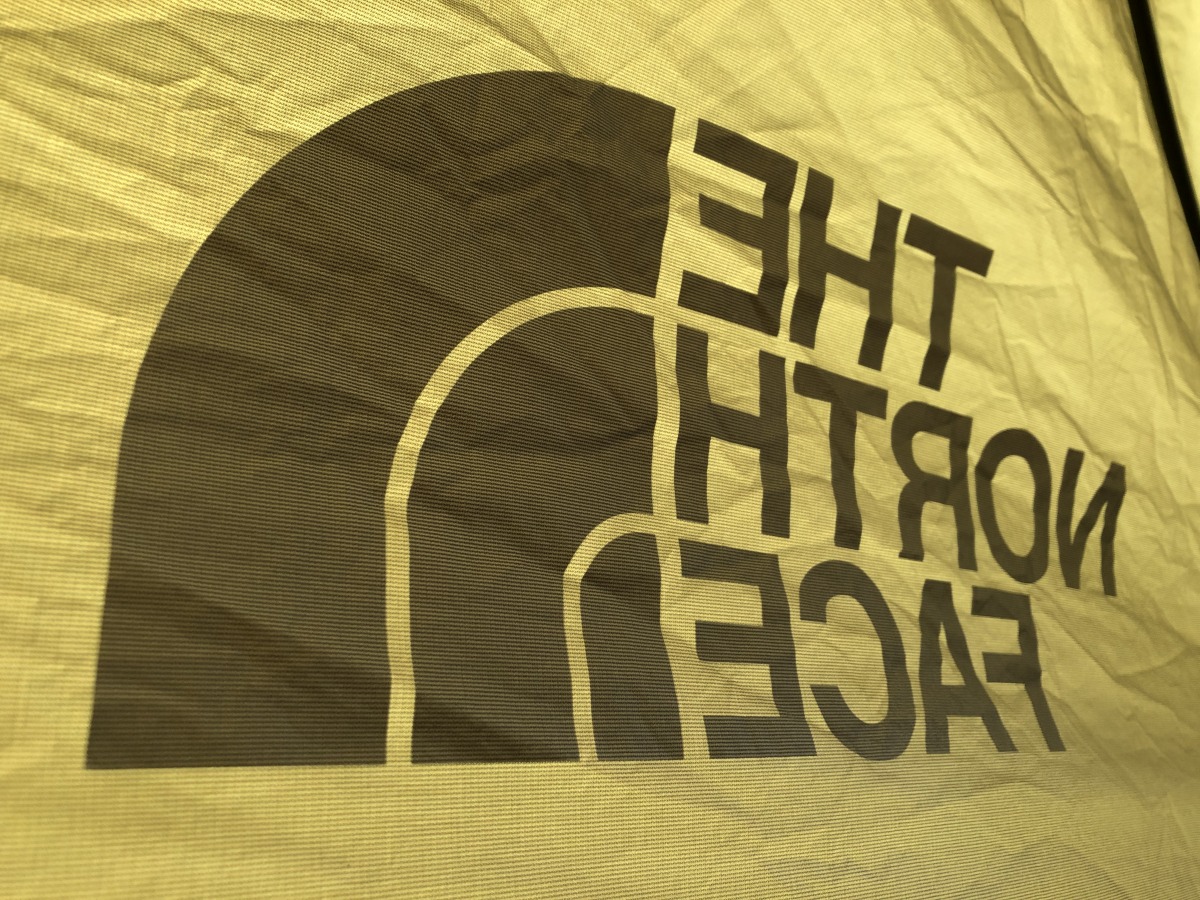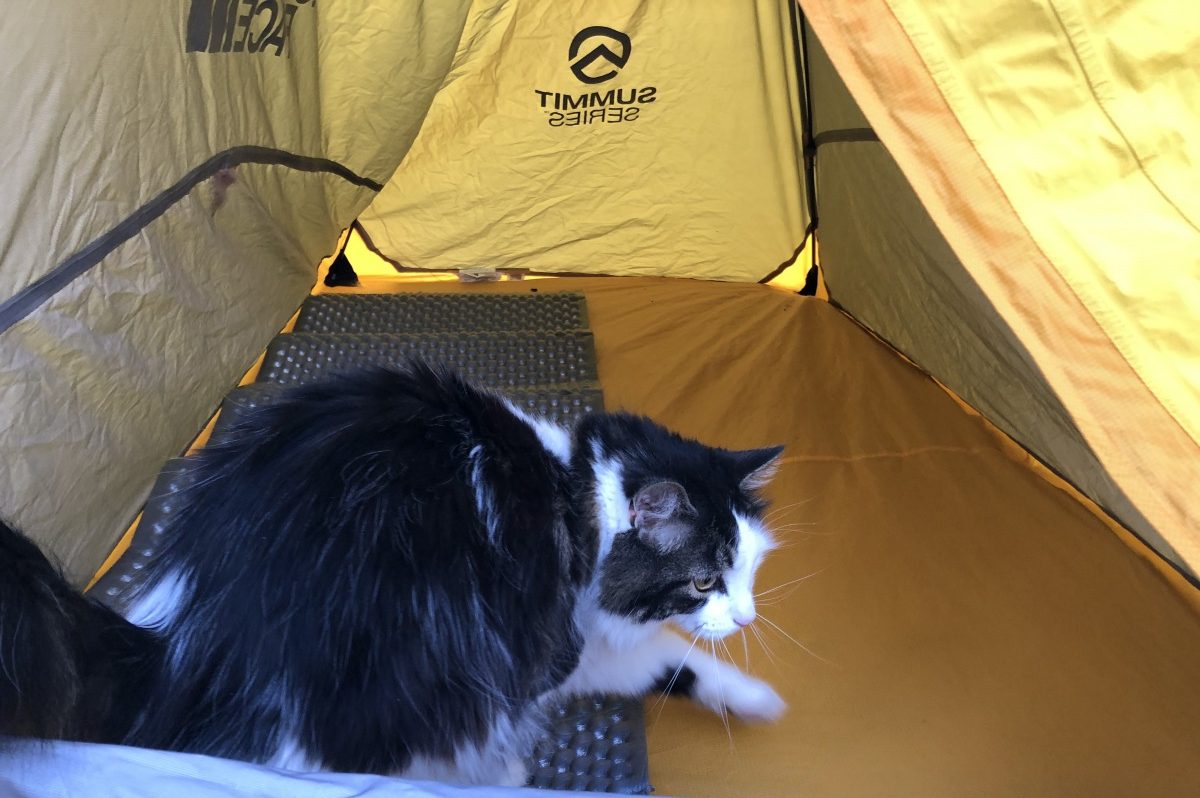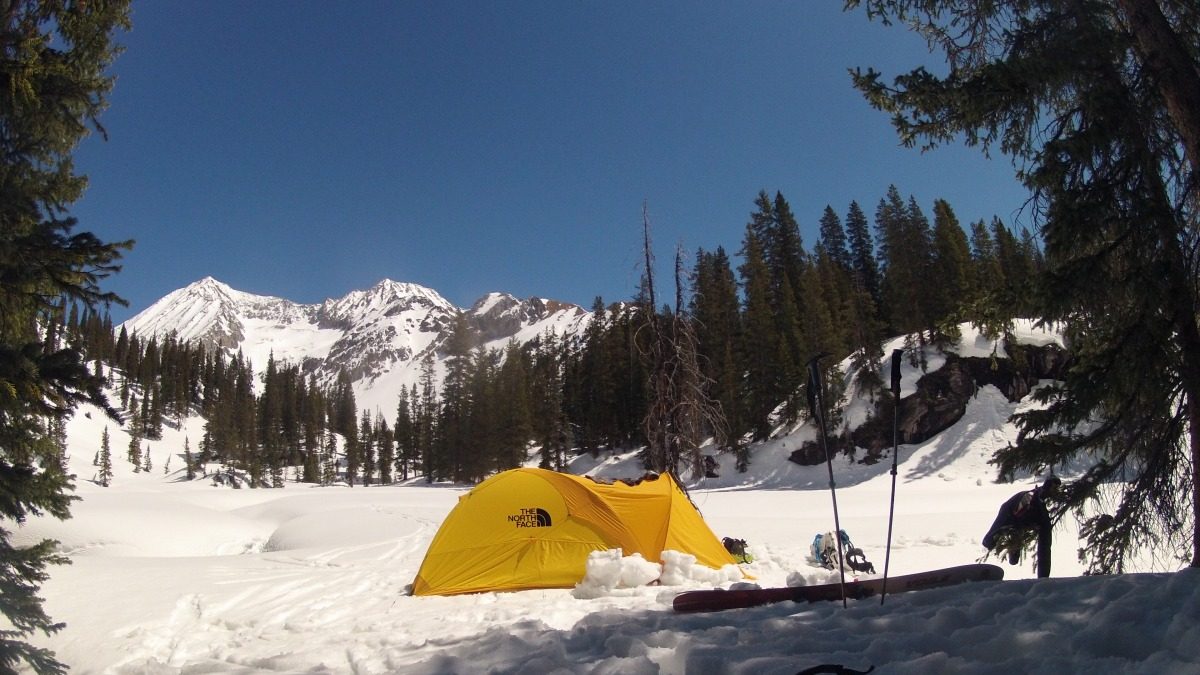
On a 9-day spring trip in the mild-mannered Colorado Rockies, The North Face AMK Assault 2 Mountaineering tent didn’t get put to the test quite like it would in the Himalaya.
Words and photos by Steve Dilk
Shelter is primary in the harsh game of wilderness survival. Or so I’ve always been told, thankfully having never had to apply the arcana in my life. I remember stern lessons growing up, on walks in the mighty Adirondacks of upstate New York; my father would point out various features like tree wells under a dense cluster of pines and explain how they could be used as a shelter in an emergency. “What kind of emergency would force me to live under trees like a badger?”, I always thought. I got my answer in Hatchet by Gary Paulsen, the formative text guiding my outdoor survival training, where Brian Robeson finds himself alone in the Yukon after a plane crash. In that book, Brian finds a rock ridge with an overhang and wisely fortifies it. On my first flight into Denali National Park, many years later, I chastised myself for not bringing a hatchet along for the ride…
For past trips, I had typically applied Brian’s lesson (use what is provided) for my shelter needs. I most often emply the tarp style shelters ubiquitous on the snow fields, glaciers, and mountain sides of the best ski mountaineering destinations in the world. In a group, what could be better? Use the snow, dig a platform, build some walls, and you have a palace that even Brian Robeson would envy. This style of shelter, however, can be laborious.
As I packed for a recent trip, a 9-day solo ski traverse, these thoughts were at the forefront of my mind. Fortunately, I got the chance to test out The North Face’s (“TNF”) new AMK Assault 2 tent (with AMK standing for “Advanced Mountain Kit”) on the trip and jumped at the chance. I reasoned I wouldn’t be digging as much as I would have to if I went tarp-style.
Overview
My trip consisted of snow camping for nine days at or above 11,000’ in the Colorado Rockies. The forecast was a pretty typical spring high pressure- very warm during the days with almost no cloud cover and most nights dipping below freezing, but not by very much.
Tent Components
The tent is a single wall, four-season expedition tent composed of Futurelight material. This ninth wonder of the world is the latest waterproof-breathable fabric in a long line of such products and is proprietary to TNF. Unlike earlier models, this version is an “internal pitch” tent consisting of sliding one pole into the tent, bending it into position on one side, strapping it into the tent with the velcro straps, and then repeating the process on the other side. The final configuration looks like an “X” from the inside. Included with the Assault are two carbon-fiber poles which cross over each other and lodge into the reinforced corners. It is worth noting that this is the same internal X-system popularized in most minds by Bibler. There are only so many ways to build a pyramid.
I did not have a ground cloth. I did use the lightweight aluminum stakes, ~13 or so, and the fly/vestibule which also comes with its own carbon-fiber pole (for a total of three). The entire tent and pole system, when I got it, was seemingly vacuum sealed down into the stuff sack which was about the length and width of an American college football. Warning: I was NOT able to fit everything back into its original stuff sack, it took too much time and energy. So I swapped it out for a larger one on my trip.
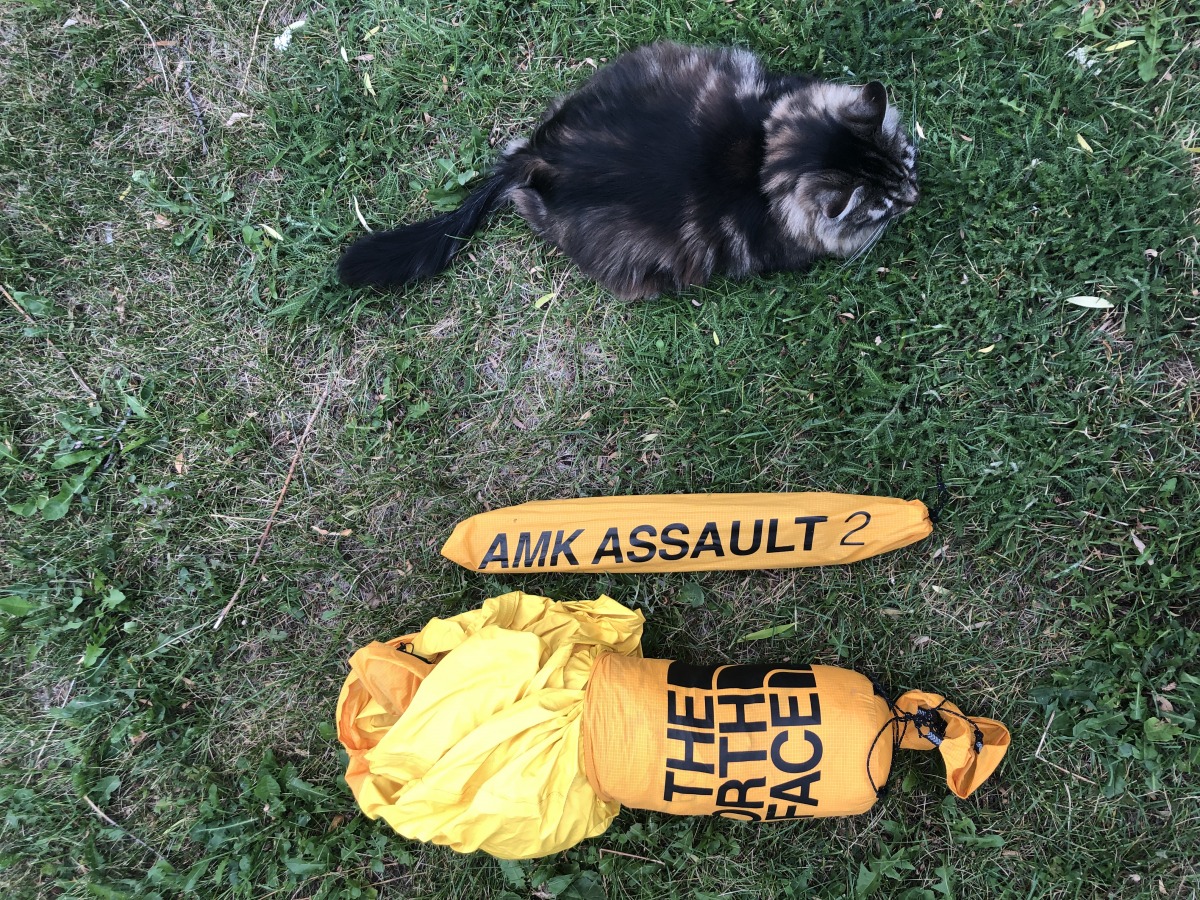
The tent packs down quite small as illustrated by the cat scale, though I found it impossible to stuff the tent back in the stuff sack once I had unstuffed it.
I assume any gear discussion on Wild Snow that does not mention weight immediately explodes, so I have broken out my scale and measured the various components of this Assault Kit:
Tent pole weight: 112g x2
Tent pole stuff sack: 14g
Vestibule pole weight: 86g
Vestibule in dedicated micro stuff sack: 458g
Stakes with dedicated stuff sack: 149g
Tent: 943g
TNF Stuff sack for whole kit: 35g
Total: 1,909g (my actual weight was a touch higher as I used a bigger stuff sack)
Conclusion: The AMK Assault 2 is an extremely light four-season expedition tent.
Intended Use and User
At a purported $1200 (the AMK series is still in development and will be in full production next year) the Assault 2 is on the high end of pricier tenting options out there. A slightly heavier, 2024g vs. 1909g, version is currently available that uses Futurelight material and is listed for $659. The AMK version is certainly built for the cremedelacreme of high mountain pursuits where every gram of your overall system could be the difference between success and failure.
Pros
Obviously, the tent’s light weight and four-season compatibility is a major plus. Moreover, as a classic, “X” set-up, pitching the tent up does not get any easier. Throughout my trip, I had the characteristic benign spring weather that makes Colorado so popular. I’ll be the first to admit that I did not have to erect the tent under harsh conditions. The full inclement weather potential of the tent is yet to be seen. I did have some wind, however, and that revealed a major weakness. See below.
My takeaway from using the tent is that the Futurelight material works really well. On windy days, and at night, I’d press my hand against the fabric and feel air movement. To further enable airflow, I always cracked the back window as well as the front door. Note, this model only has the door and the opposing window.
During my trip, as the song goes, I got burned out from exhaustion and buried in the hail (and graupel). At some point during the storm, the precipitation almost turned to rain- more like very wet spring snow that plasters everything. Throughout the only humid event of the trip, I stayed snug inside the tent. I am happy to report that I did not feel clammy, and constant touching of the fabric revealed that it did not “run” or get saturated like many of my other tents have in the past, under such conditions. When the sun returned, the tent dried thoroughly and quickly. I was impressed. At night, and in the early hours of the day, some condensation froze on the inside. A few flicks of my finger revealed that the crystals clung tightly to the fabric and did not flutter onto my bag. All condensation was gone when I returned from skiing. This shows good promise for how it would perform in its intended environment in wetter, more wintery conditions. Fodder for a future post (and trip).
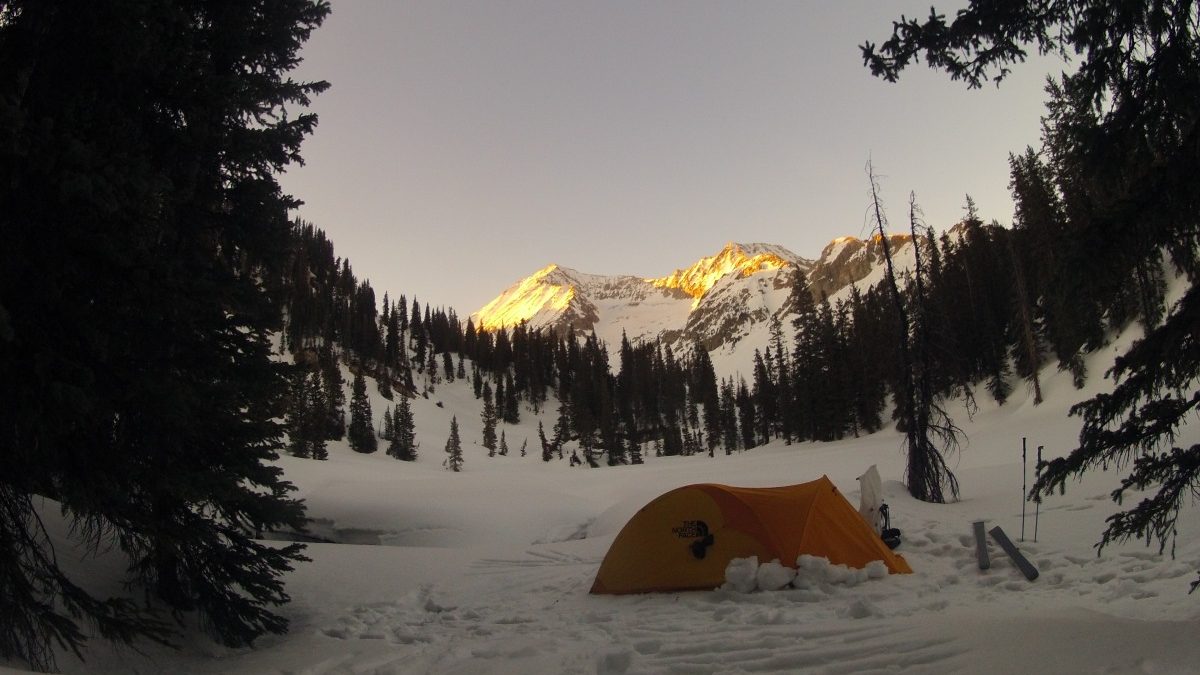
I experienced mostly mild weather on the trip; it’ll be nice to see how the Futurelight performs in harsher conditions.
There were also times when the tent was strapped to the outside of my pack. On my journey, I had to slog through what passes for “dense” bushwhacking in Colorado — some krummholz, underbrush, and aspen saplings, and the tent fabric was no worse for wear despite some rip and tears to my stuff sack. Again, I didn’t grind it up against some granite on a gnarly mixed climb at high altitude, but I was reasonably pleased with its tear resistance.
I also liked the vestibule/rain fly. It was easy to pitch in these conditions and added some much needed room. When it was windy, I was glad to have the shelter for cooking. I think this was a worthy addition, its weight more than made up for with the extra room/comfort.
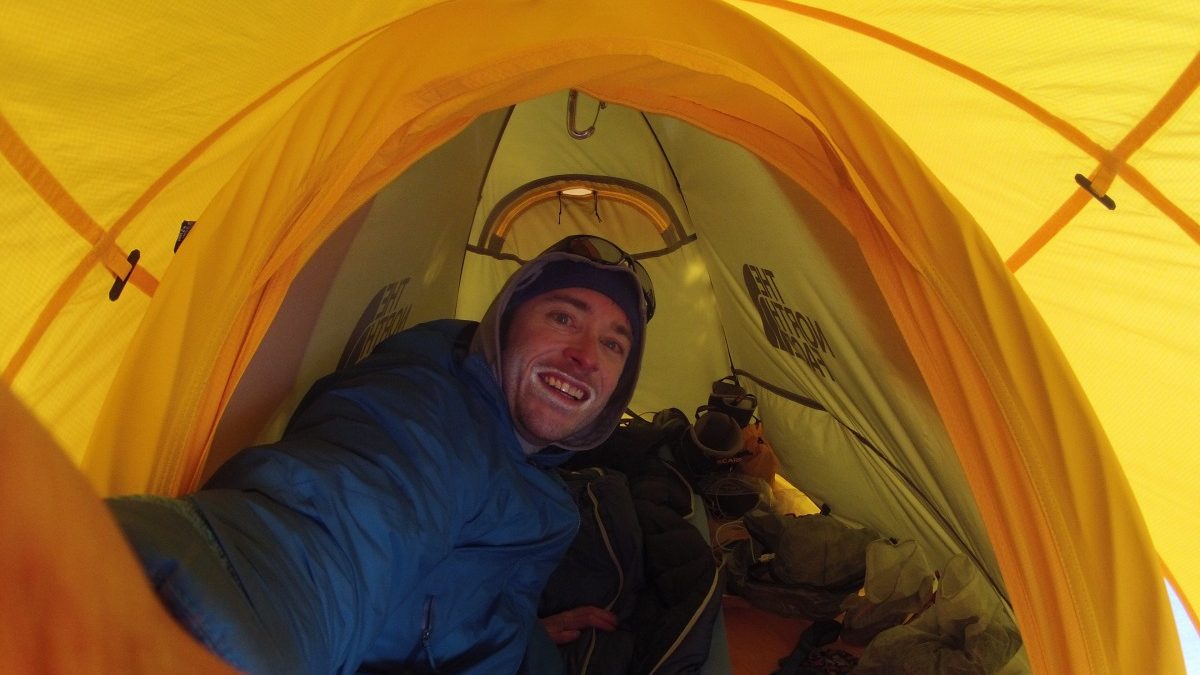
The vestibule offered much appreciated additional space, for cooking, gear storage and of course, selfies.
Cons
Despite the basic foundation of the tent being solid — that being the Futurelight fabric of the tent itself, I encountered a few issues in its requisite components. My take is that serious weight savings means compromises on other features.
First, as many of you could guess, the interior space of the tent is small, I’ve been in car trunks with more room (but only one with more airflow and that was because there was a hole in it). I didn’t measure, but my head grazed the top when I sat up. I’m 5’10”. Length wise, I slept at an angle since I was solo to be able to fully stretch out. These features were to be expected and are minor. A note here, there is only one gear loop at the center apex of the tent interior on this model. I clipped in a ‘biner and was able to hang gear to dry. Other than that, there is no interior space management features.
TNF utilized thin cord for the guy lines. When I packed the tent, I made the mistake (once) of applying zero cord management, which resulted in a rat’s nest the next day. The thinness of the cords requires nimble dexterity that would be hard to come by with gloves or mittens on. This critique also applies to pitching the vestibule. It requires you to thread small (~1 in. or so) plastic T-bars through a small loop on the outside of the tent for a girth-hitch like attachment. As for its intended user group, I had a hard time imagining using them efficiently in very cold temperatures or at high altitude.
Of course, you could just ignore the guy lines altogether. Which is what I accidentally did mid-way through the trip with poor results. TNF also utilizes thin carbon fiber poles in the AMK version (I don’t have a caliper-but I’d guess ~1cm), and when I got my first look at the kit, my immediate reaction was one of anxiety over pole frailty. My anxiety proved to be well founded.
Half way through the trip, on a moderately windy day, with gusts around 20-25mph, I set up the tent and managed to snap a pole. I had completed the internal pitch of the tent, and was working on guy-lining out the rest. I didn’t observe the break. I think that I missed fastening one of the thin, interior velcro straps, and when the wind hit the un-guyed tent, the pole had more room to slide out and bend, and snapped as a consequence. The jagged, snapped pole-end was exposed to the fabric but it did not tear or do any visible damage. Thus, again, the fabric earns my respect. The poles, however, are a different story. Personally, I’d swap out the c-f poles for some heavier, but burlier versions and sleep better. I will add however, that even with one pole at half mast, the tent was still totally habitable.
Editor’s note: We contacted TNF about this. They responded that the tent we tested is a full prototype that will not go into final production until next year. These are stand-in poles while TNF hones in the correct supplier, pole diameter and carbon layup method. Hopefully they can make some needed adjustments before the tent hits the market.
Conclusion
I applaud TNF’s Futurelight fabric; I think it works great for four-season applications and I’d wear a garment made of it. It breathes super well and seems durable enough for rough and tough adventures. I commend TNF for pushing levels on innovation and performance, though they’re also pushing levels on price here. (Though again, there is a slightly more dirtbag friendly version of the tent available The North Face Assault Futurelight 2). As a self-described dirtbag, I would personally take on a few more grams for a less expensive tent with more features, then get this tent when I’m ready for my Mugs Stump worthy send. And until then, I’ll keep that hatchet sharp.
Steve Dilk is one of a multitude of east coast transplants now calling the Roaring Fork Valley home. Like other valley locals, when he isn’t skiing, he is getting served up plenty of humble pie at the local crags. He is also the proud owner of a 1986 Toyota Camry LE (Luxury Edition).
Beyond our regular guest bloggers who have their own profiles, some of our one-timers end up being categorized under this generic profile. Once they do a few posts, we build a category. In any case, we sure appreciate ALL the WildSnow guest bloggers!

